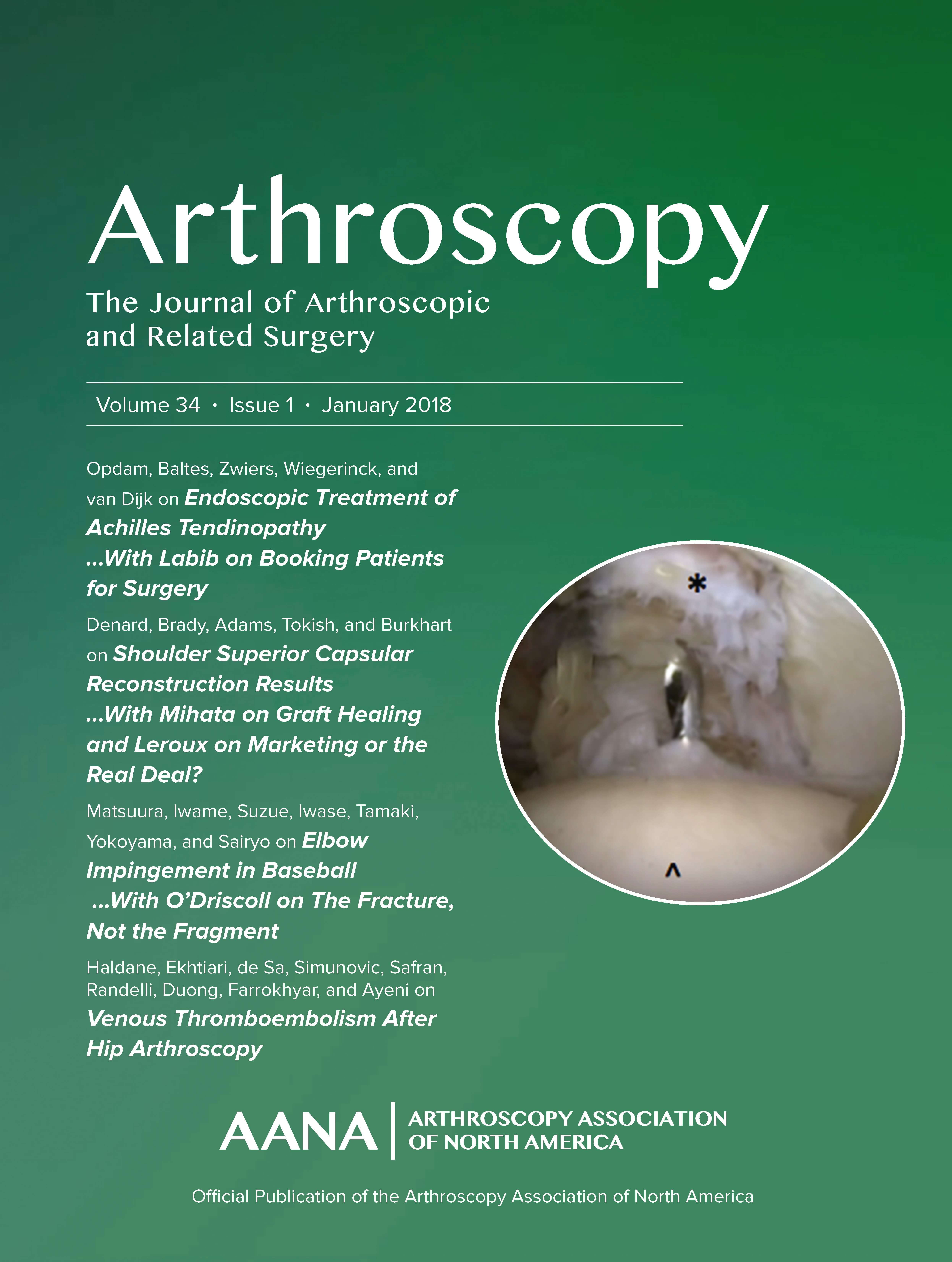
Arthroscopic or open techniques display no differences in treatment of Bankart lesion

Arthroscopic or open techniques display no differences in treatment of Bankart lesion
Treatment of Bankart lesions in traumatic anterior instability of the shoulder: A randomized controlled trial comparing arthroscopy and open techniques
Arthroscopy. 2012 Jul;28(7):900-8. doi: 10.1016/j.arthro.2011.11.032. Epub 2012 Feb 17Did you know you're eligible to earn 0.5 CME credits for reading this report? Click Here
Synopsis
50 patients were randomized to compare the functional assessments of two techniques in treating Bankart lesion in traumatic anterior shoulder instability; patients received either an open or arthroscopic procedure. At a mean of 37.5 month follow-up, no clinically relevant differences were seen in the primary outcome measure (Disability of the Arm, Shoulder and Hand score) or any of the secondary o...
To view the full content, login to your account,
or start your 30-day FREE Trial today.
FREE TRIAL
LOGIN
Forgot Password?
Explore some of our unlocked ACE Reports below!

Learn about our AI Driven
High Impact Search Feature
Our AI driven High Impact metric calculates the impact an article will have by considering both the publishing journal and the content of the article itself. Built using the latest advances in natural language processing, OE High Impact predicts an article’s future number of citations better than impact factor alone.
Continue



 LOGIN
LOGIN

Join the Conversation
Please Login or Join to leave comments.